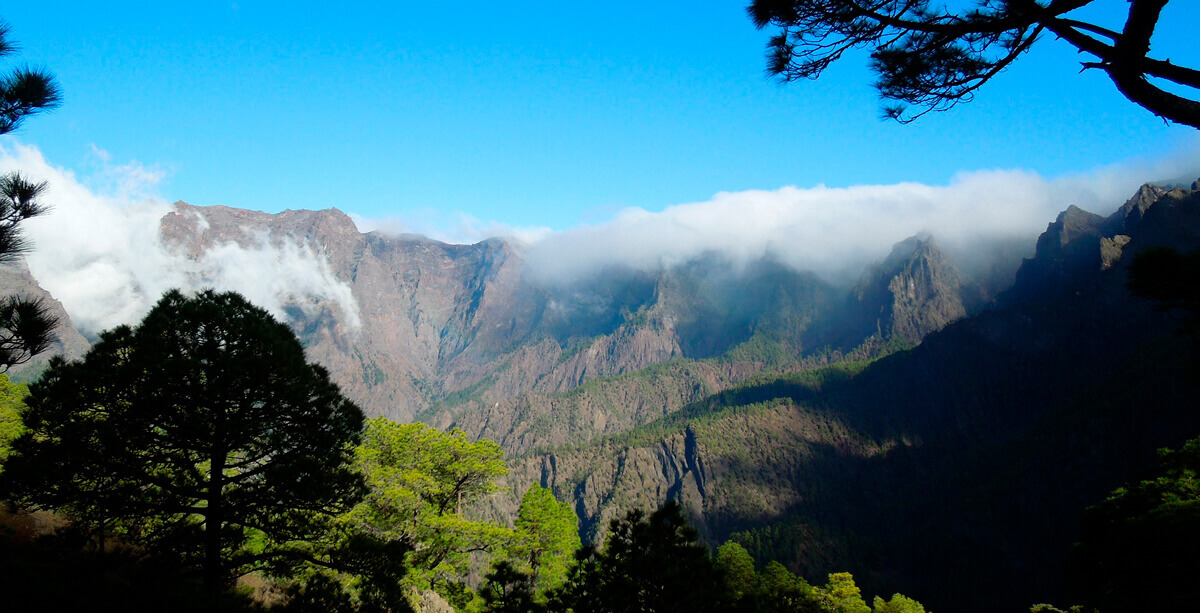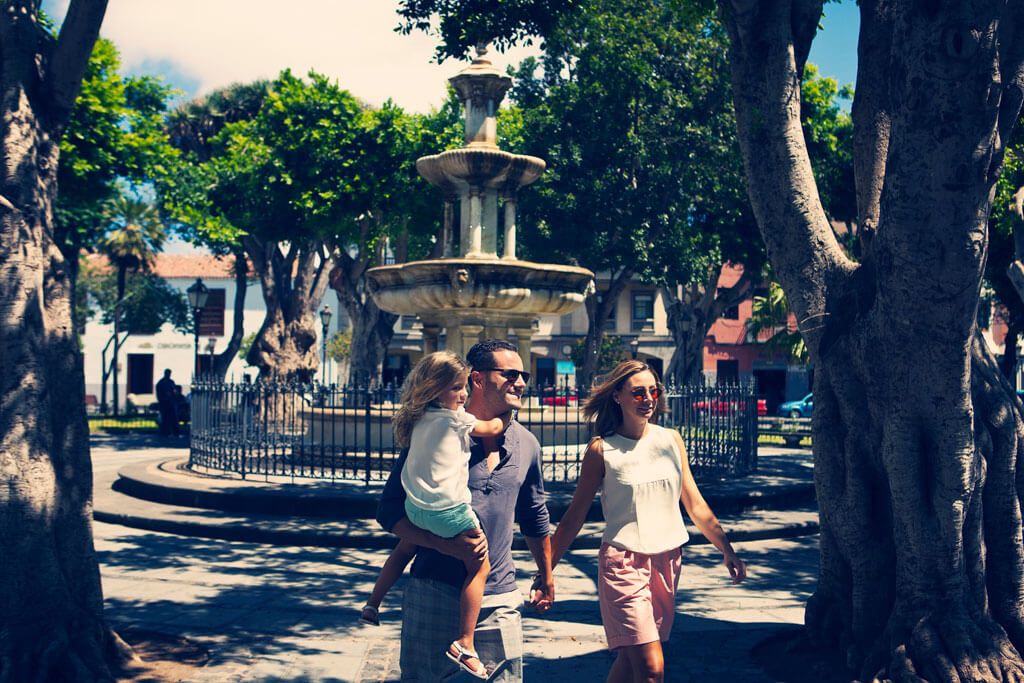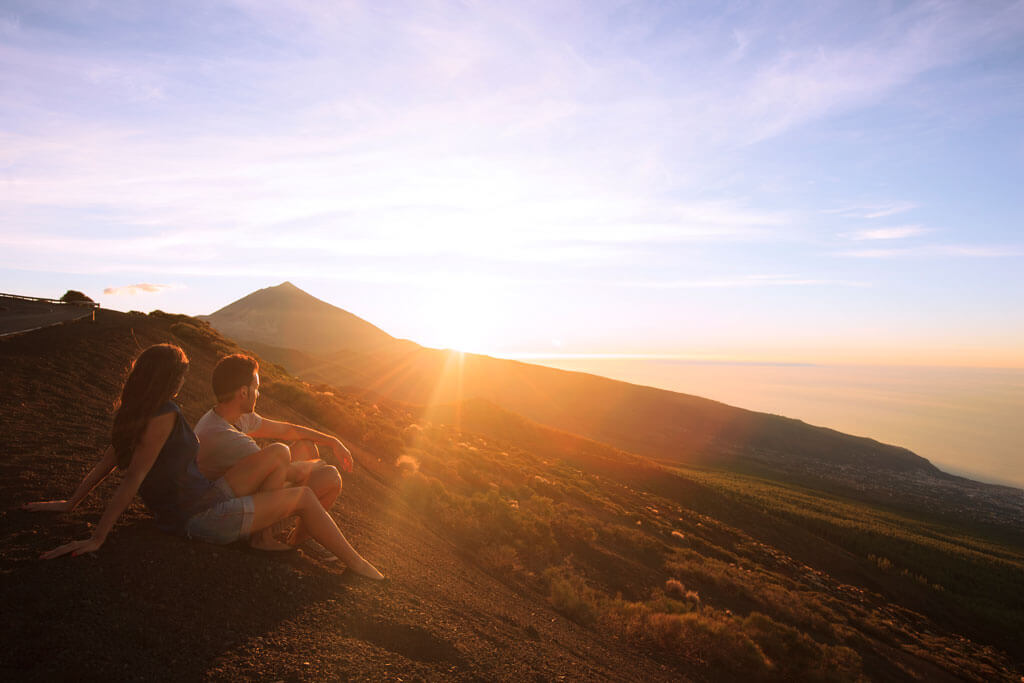Information
Venues & Accomodation
Symposium will be developed in two islands, La Palma and Tenerife, the main islands producing proteas of the Canary Islands so far.
La Palma will host the first part of the event, where there will be two days of visits to farms, and one day of technical work and take the all IPA issues.
The best way to get La Palma is by air, departing from Madrid (3 hours), there is one flight everyday Madrid – La Palma.
We recommend to participants to stay in H10 Taburiente Playa Hotel because it will be the venue in La Palma, all the activities (welcome, registration, bus transport to farm visits) in La Palma depart from this hotel. There is a special price for participants, click on Accommodation Info below to see the special conditions for participants.
Tenerife will host the second part of the event; participants will arrive to this island on Wednesday night, ASOCAN will organize this flight so participants do not have to care about it. We will arrive to Tenerife North Airport which is quite close to La Laguna town center where most of the hotels are. As we mention in the program, there will be two visits to proteas farms on Thursday morning and a lunch in the Laguna Nivaria Hotel. In the afternoon, we will start the Symposium which will also cover the whole day of Friday. The Symposium will be held in the Laguna Nivaria Hotel where we recommend to the participants should stay because this hotel will be the venue of this second part of the event.
There is a special price for participants in the Laguna Nivaria Hotel, click on Accommodation Info below to see the special conditions for participants.. There is another hotel very close as well that could be interesting for participants, La Laguna Gran Hotel, which has got a special price for participants too.
The best way for departing from Tenerife to the rest of the world is by air too, there are several flights every day to Madrid which has got excellent international connections. You must be aware that there are two airports in Tenerife, Tenerife North and Tenerife South. La Laguna, the venue of this event in Tenerife, is very close to Tenerife North airport (5 km), however, it is a bit far to Tenerife South airport (80 km).
DO NOT HESITATE TO CONTACT US FOR ANY QUESTION ABOUT YOUR TRAVEL (info@asocan.net)
General information
Canary Islands belong to Spain, they are constituted by seven larger islands: Tenerife, Fuerteventura, Gran Canaria, Lanzarote, La Palma, La Gomera and El Hierro; and several other smaller islands, among which stand out: La Graciosa, Alegranza and Lobos.
The coast of the islands is in it’s majority lined with long sandy beaches and are punctuated by reefs, coves, and deep bays. In some areas, however, cliffs and more precipitous terrain predominate as you might perceive on the coast of Gran Canaria, or in north of Tenerife. The most common peculiarity of all Canary Islands is their volcanic topography.
Three regions can be distinguished from the topography of the islands: the central islands, the eastern islands, and the western islands. The volcanism has promoted highly unique landscape, with varied topographical forms (craters, cones, malpaises [badlands], tubes, etc.). The most representative geographical feature of the Canaries is El Teide, Spain´s highest peak, with an altitude of 3.718 meters. Due to the morphology of the islands and the lack of precipitation there are no water channels.
Currency and payments
From the 1st of January 2002 the Euro was accepted as the only official coin in Spain (with the symbol €) which equals 100 cents.
There are coins and notes of different values. The coins are 1 cent, 2 cents, 5 cents, 10 cents, 20 cents, 50 cents, 1 Euro and 2 Euros.
All the coins, from 1 to 10 cents have a coppered colour, 10, 20 and 50 cents are golden, and 1 and 2 euros have golden and silver colours.
The notes are made of paper and the different values vary from 5 Euros till 500 Euros. There are 5, 10, 20, 50, 100, 200 and 500 Euros notes. Beware when paying with large amount notes as some sites might not be able to accept them as, for example, on the bus you are not allowed to pay with notes higher than 20 Euros and some commercial establishments don’t accept 100, 200 or 500 Euros. If you wish to exchange your money in the Canary Islands you might go to any bank, opened from 8.30am till 2pm from monday to saturday (except during the months between June and September when they might be closed on saturdays).
It’s also possible to pay in the Canary Islands with Credit or Debit Card. This is a common, practical way of paying. It will allow you to avoid carrying money and it’s a very safe way of paying. You might use it to rent a car, pay the restaurant bill, hotel or any other type of purchase. If you need to get some real money, the ATM’s are available 24 hours a day and are placed in several different locations as banks, hotels, shopping centres and others. The most common cards are Visa and Mastercard.
Lenguage
As in the rest of Spain, in the Canary Islands the official language is Spanish. However, as in the majority of countries, there are many people who speak English, the second most spoken language, and many people also understand German. In almost all public establishments, such as stores, restaurants, hotels, etc., there is at least one person who speaks English or German.
Climate
The Canary Islands are also known as the “Fortunate Islands” among other reasons due to their climate of eternal spring. Their thermal amplitude is more or less 6ºC (42,8 ºF) throughout the year. This condition will allow you to sunbathe on one of its wonderful beaches on any season with an average temperature of 18 to 24°C (64,4 to 75,2°F).
The climate of the Canary Islands is a subtropical climate as the islands are located no more than 4ºC from the Tropic of Cancer, parallel to the one passing through Habana, very close to the african coast.
In the Canary Islands climate changes are not very drastic as the water is their thermal regulator. The climate in the Canary Islands is arid, with few rainfalls, the average temperature is around 22ºC (71,6ºF) due to the “Corriente Canaria” which maintains the water temperature on the same level as their latitude, between 22ºC (71,6ºF) during summer and 19ºC (66.2ºF) during winter.
The islands with most rain, though in the Canary Islands that’s not something you should be afraid of, are Tenerife, La Palma and Gran Canaria, while Fuerteventura and Lanzarote are the most dry making them also the most arid and with the highest levels of sunny hours.
This climate creates a well-being reflected on its inhabitants, both locals and tourists that have elected this islands are their second home during the winter.
Acompaying Program Information
There will be a program for accompanying people. These people will participate in all the farms visits and all the organized lunches and dinners, in addition, if they like, we have made an annex program in these days:
+ Excursion to La Caldera de Taburiente, morning 27th March.
+ Excursión to La Laguna, evening 28th March.
+ Excursion to El Teide, morning 29th March.

Caldera de Taburiente National Park
Photos simply cannot do justice to the spectacular sight of this eight-kilometre-wide cleft that reaches depths of up to one and a half kilometres, covered by dense Canarian pine woods, and criss-crossed with deep ravines: you just have to see it in person. The Caldera de Taburiente National Park in the centre of the island of La Palma is the number one attraction of the island known as “La Isla Bonita” (“The Beautiful Island”), a Unesco Biosphere Reserve. Here, nature guards a valuable treasure of geological and biological diversity.

San Cristóbal de La Laguna
San Cristobal de La Laguna is a town on the northern part of Tenerife not far from Santa Cruz de Tenerife. It is the second biggest city after Santa Cruz de Tenerife and it is an important historical centre, so much so that it is a UNESCO World Heritage Site. La Laguna sits in the Aguere valley at the foot of the Anaga mountains. The surrounding countryside is very pretty and if you drive up into the hills you can get some fabulous views of the town below, nestled in amongst the hills. La Laguna was once the capital of Tenerife though this transferred to Santa Cruz de Tenerife in 1821. It is a university town and houses the only university on the Canary Islands. It is therefore a lively bustling city. The highlight of La Laguna is its old town which is a real step back in time and full of lovely buildings. If you can, visit during Holy Week when religious guilds dressed in dark hoods carry the cross through the medieval streets.

Teide National Park
it is a national park surrounding Mount Teide in the centre of Tenerife. Mount Teide is a volcano within a volcano. Millions of years ago a volcano exploded and left behind a 16km-wide crater and on its northern edge smaller volcano – Mount Teide. The whole area is now a weird volcanic landscape filled with lava rocks, lava streams and ash beds.
A single road crosses the crater, known as Las Canadas and this leads to a Parador and a cable car. The cable car takes you close to the summit of Mount Teide and offers great views of the surrounding park. The summit of Mount Teide is at 3718 metres making it the tallest mountain in Spain. It is also the third tallest volcano in the world.
The crater is edged by a craggy rim known as La Caldera de las Canadas. These rocks have been erroded into very interesting rocky structures. Even more weirdly shaped are the lava rocks near the parador.
Weather conditions in Teide National Park are more extreme than for the rest of the island and in winter snow falls on the peak of Mount Teide and in summer temperatures can reach 40°C and more.
Teide National Park is a UNESCO World Heritage Site and is the most visited national park in Europe.
